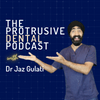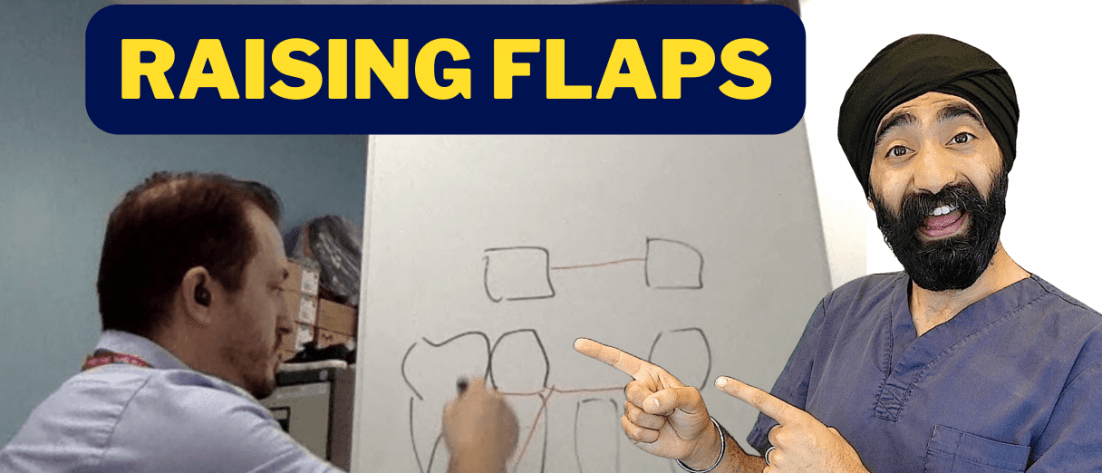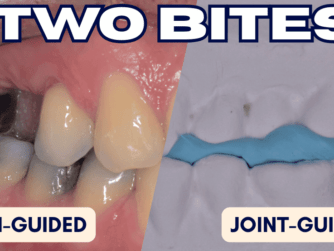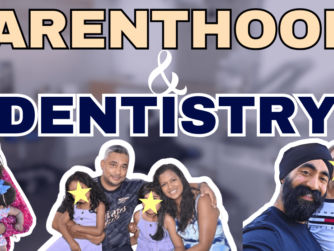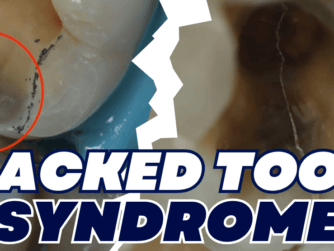Podcast: Play in new window | Download ()
Subscribe: RSS
Half way in to a tricky extraction you hear a voice…”Maybe now is a time to raise a flap?”
You ignore this voice and keep sweating with the luxator in hand, because it has been far too long since you raised a flap and you dread the nurse’s reaction.
If this is you, then we got you. I brought on Consultant Oral Surgeon Dr. Sami Stagnell to share his tips and pearls in Oral Surgery, specifically WHEN and HOW to raise cleaner flaps, as well as what types of flaps to consider for each situation and when NOT to consider extending beyond an envelope flap.
Protrusive Dental Pearl: Nice and Clean Extraction Sites – Use the spoon end of Mitchell’s trimmer to clean the surgical site for 30 secs to 2 minutes.
Highlights of this episode:
- 1:27 Protrusive Dental Pearl: Nice and Clean Extraction Sites
- 13:43 How to gain confidence in raising a flap
- 21:51 Envelope Flaps
- 30:09 Guidelines regarding relieving incisions
- 37:32 Raising a nice clean flap
- 41:45 Guidelines in lifting the papilla
- 44:56 Blades – 15 vs 15C vs 12 blade
Improve your Oral Surgery Sectioning with this speed-increasing electric handpiece at Incidental Limited. And get 5% OFF their entire products with the code ‘onions‘!

Check out the Oral Surgery Course that Dr. Sami Stagnell will be launching in 2023.
If you enjoyed this episode, check out Make Extractions Less Difficult: Regain Confidence by Sectioning and Elevating Teeth
